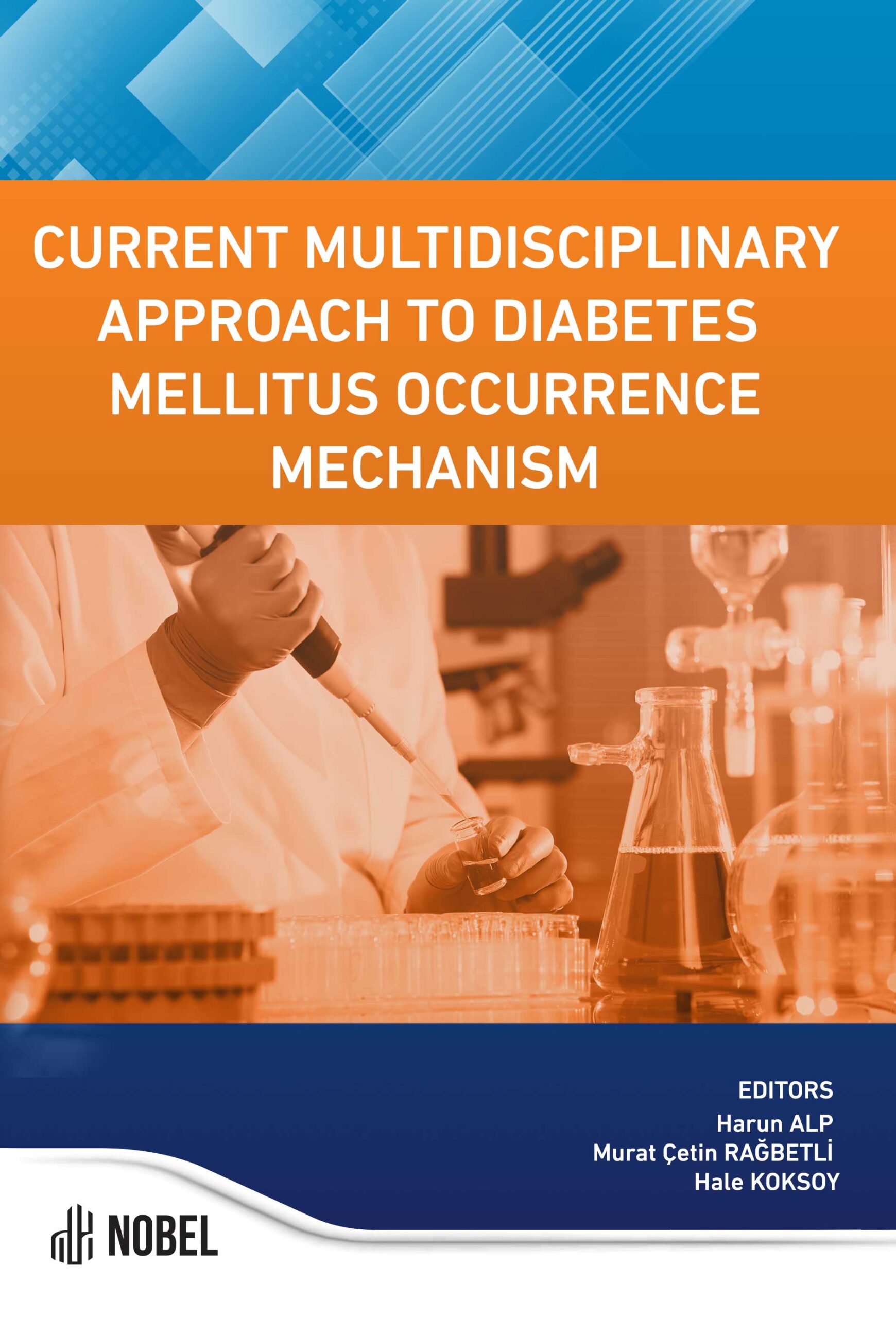Role of Oral Glucose Tolerance Tests in Diabetes Mellitus
Volkan Ecesoy (Author), Hasan Arici (Author)
Release Date: 2023-09-14
The oral glucose tolerance test (OGTT) serves as a pivotal diagnostic tool and a measure of glucose metabolism dynamics in diabetes mellitus (DM). In clinical settings, the OGTT involves administering a standardized glucose solution to the patient after an overnight fast, followed by periodic measurements of blood glucose levels over several hours. This test is [...]
Media Type
PDF
Buy from
Price may vary by retailers
| Work Type | Book Chapter |
|---|---|
| Published in | Current Multidisciplinary Approach to Diabetes Mellitus Occurrence Mechanism |
| First Page | 57 |
| Last Page | 65 |
| DOI | https://doi.org/10.69860/nobel.9786053359104.6 |
| ISBN | 978-605-335-910-4 (PDF) |
| Language | ENG |
| Page Count | 9 |
| Copyright Holder | Nobel Tıp Kitabevleri |
| License | https://nobelpub.com/publish-with-us/copyright-and-licensing |
Beyond diagnosis, the OGTT provides insights into glucose metabolism and insulin sensitivity, identifying early abnormalities in glucose regulation that may precede the onset of type 2 diabetes. It also aids in monitoring responses to therapeutic interventions aimed at improving glycemic control and managing diabetes-related complications. Despite its diagnostic value, the OGTT requires meticulous preparation, including fasting and multiple blood samples, which can be challenging for patients and healthcare providers alike. Alternative diagnostic methods such as the hemoglobin A1c (HbA1c) test offer convenience but may not capture dynamic changes in glucose metabolism observed with OGTT. Therefore, the OGTT remains a cornerstone in clinical practice for assessing glucose tolerance, guiding treatment decisions, and enhancing the management of diabetes mellitus.
Volkan Ecesoy (Author)
Assistant Professor, Karamanoglu Mehmetbey University
https://orcid.org/0000-0002-0760-4574
Hasan Arici (Author)
Assistant Professor, Karamanoglu Mehmetbey University
https://orcid.org/0000-0002-7929-7681
Association TEAM. TEMD Diabetes Mellitus and Its Complications Diagnosis, Treatment, and Follow-up Guide. 15 ed. Ankara: BAYT Publication; 2022
Baynes, J.; Dominiczak, M., (2019) Medical biochemistry, (Fifth edition), Elsevier, China
Bang. Der Blutzucker. J F Bergmann, Wiesbaden; 1913
WHO Expert Committee on Diabetes Mellitus: second report. (1980). World Health Organization technical report series, 646, 1–80.
Use of Glycated Haemoglobin (HbA1c) in the Diagnosis of Diabetes Mellitus: Abbreviated Report of a WHO Consultation. (2011). World Health Organization
World Health Organization and International Diabetes Federation. Defi nition and Diagnosis of Diabetes Mellitus and Intermediate Hyperglycemia: Report of a WHO/IDF Consultation. 2006:50
de Nobel, E., & van’t Laar, A. (1978). The size of the loading dose as an important determinant of the results of the oral glucose tolerance test: a study in subjects with slightly impaired glucose tolerance. Diabetes,
WHO Expert Committee on Diabetes Mellitus: second report. (1980). World Health Organization technical report series, 646, 1–80.
| onix_3.0::thoth | Thoth ONIX 3.0 |
|---|---|
| onix_3.0::project_muse | Project MUSE ONIX 3.0 |
| onix_3.0::oapen | OAPEN ONIX 3.0 |
| onix_3.0::jstor | JSTOR ONIX 3.0 |
| onix_3.0::google_books | Google Books ONIX 3.0 |
| onix_3.0::overdrive | OverDrive ONIX 3.0 |
| onix_2.1::ebsco_host | EBSCO Host ONIX 2.1 |
| csv::thoth | Thoth CSV |
| json::thoth | Thoth JSON |
| kbart::oclc | OCLC KBART |
| bibtex::thoth | Thoth BibTeX |
| doideposit::crossref | CrossRef DOI deposit |
| onix_2.1::proquest_ebrary | ProQuest Ebrary ONIX 2.1 |
| marc21record::thoth | Thoth MARC 21 Record |
| marc21markup::thoth | Thoth MARC 21 Markup |
| marc21xml::thoth | Thoth MARC 21 XML |

